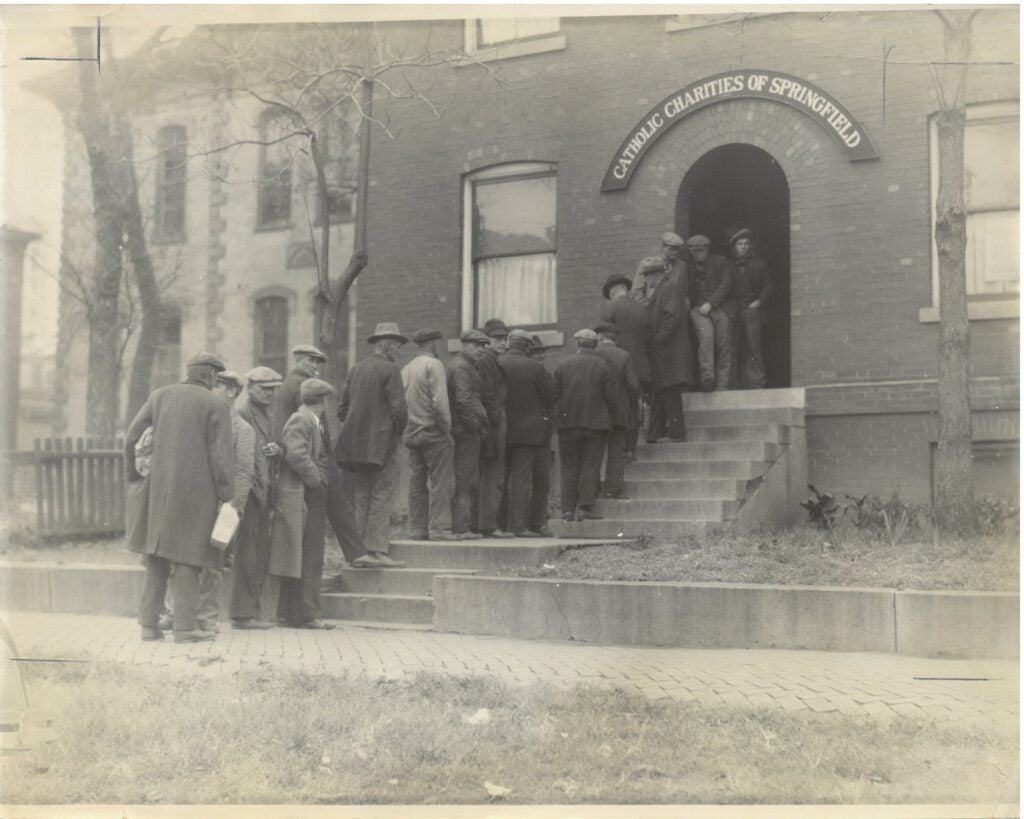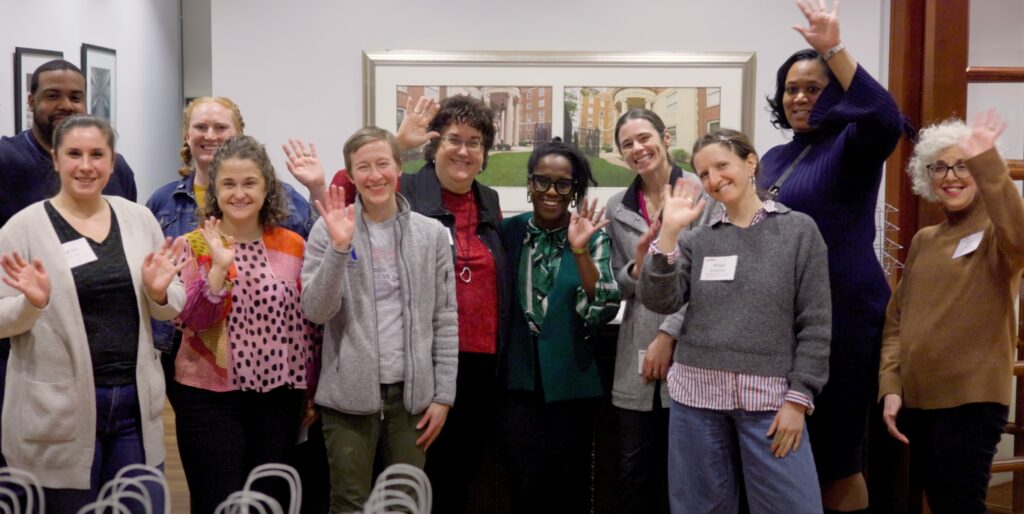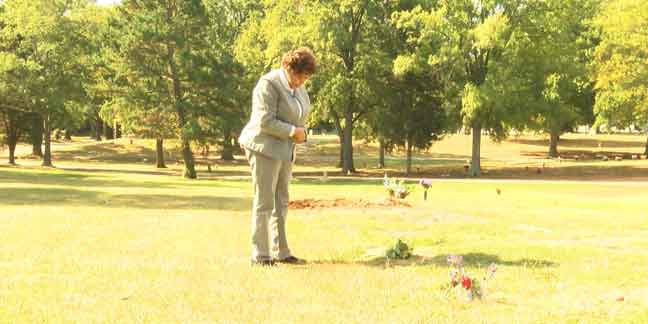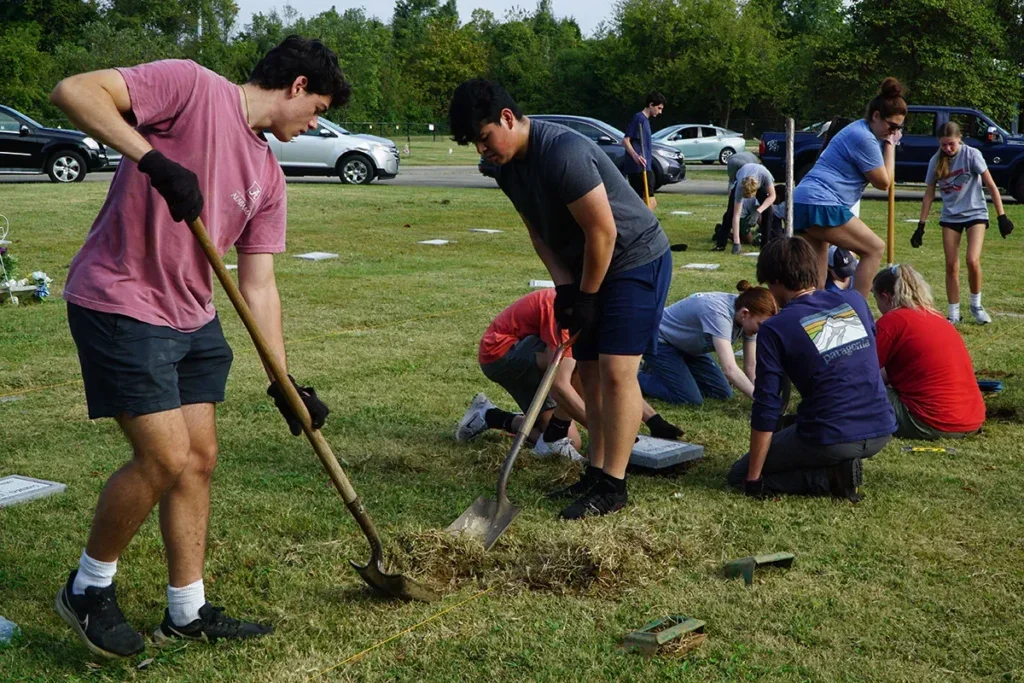
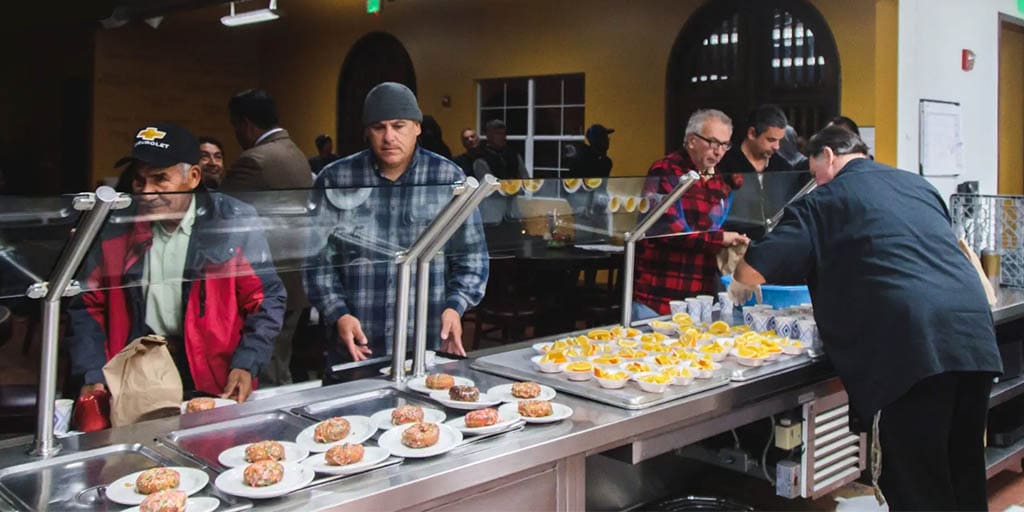
By Appaswamy “Vino” Pajanor
Somewhere between glitz, glamour and coastal charm, North County San Diego farm workers are walking along highways, camping in fields, and clinging to dwindling jobs.
Francisco’s morning routine starts at 4:30 a.m. He showers, eats breakfast, grabs a sack lunch, and leaves by 5:45 to make the two-mile commute by foot. Work starts at 7, but he insists on getting there by 6:30. He is 76 years old.
Winding trails and rolling hills take Francisco through Carlsbad, California, to the Pacific Coast, where he works off of Interstate 5 growing tomatoes. He has been employed by the same farm, same boss, for 20 years. When the work is done — usually around 4 p.m. — he’ll walk back to where his day began: La Posada de Guadalupe, a homeless shelter for men and farm workers in North County San Diego operated by Catholic Charities Diocese of San Diego.
Homeless in plain sight
Many migrant farmworkers in California are quietly homeless. Before La Posada opened in 1991 and made its permanent home in 2013, Francisco was one of them. He slept in a tent near the tomato fields. He was one of the first to be accepted into the shelter, which is one of just three in all of California where farmworkers are able to stay. Catholic Charities also operates Our Lady of Guadalupe Men’s Shelter in Calexico, on the Mexico-U.S. border near Mexicali.
While other California agricultural regions are nestled in valleys and deserts far from cities, North County farms are smack in the urban sprawl. They’re much more visible to the 3.3 million people in San Diego County, 3.2 million in Orange County and 10.1 million in Los Angeles County driving by on any given day for business, pleasure or routine. Yet, most will not notice the farmworkers— because those who are homeless are hidden.
“Some farmworkers sleep in cars, motels, garages, converted school buses and, reportedly, even chicken coops,” one article states. “Many more share apartments with strangers, sometimes dozens of them, leading to public health concerns.”
Farmworker homelessness happens more and in larger numbers elsewhere — but it also happens here, amid the upscale enclaves, luxury homes, boutique shops, and ocean sunsets.
Shelter for the season
Francisco spends 10 to 11 months in Carlsbad, and one to two months during the holidays back home in Mexico with his wife and six kids. He lives this way for the higher (despite minimum) wages, sending or bringing the money he earns to his family. So does Victor, a quiet, middle-aged man working in the fields around Carlsbad and Encinitas for the past 30 years. And Martin, who only gets about six months of work each year picking strawberries.
Renting or purchasing a home in San Diego County simply is not an option for farmworkers due to the housing shortage, which has been described as dire.
Voice of San Diego wrote: “There’s no shortage of ways to describe the effects of the housing shortage. More than any time in history, Californians say housing affordability is a big problem – and the 71% of San Diegans who say so is higher than in the rest of the state. Just 27% of households can afford the county’s median home, at $655,000. Low-income San Diegans spend nearly their entire paycheck on rent. And so on.”
For Francisco, Victor and Martin, La Posada is home away from home. It is difficult doing manual labor for 10 hours a day, six to seven days a week. It is tiring walking miles to and from work. There is little downtime and no entertainment. But La Posada provides three meals a day and shelter at night. For that, the farmworkers are thankful and even content.
“I stay here because I get treated with dignity,” Victor tells Joaquin Blas, operations supervisor at La Posada.
“What would you want people to know or change?” I ask Victor. Joaquin translates the question.
Victor pauses and becomes flustered. Crossing his arms and shaking his head, he tells Joaquin, “I don’t complain. I’m happy with what I have.”
Opportunity endangered
Over a third of America’s vegetables and two-thirds of the country’s fruits and nuts are grown in California, according to the California Department of Food and Agriculture (CDFA). The Golden State’s rich agriculture industry produced more than 400 commodities for nearly $50 billion in cash receipts in 2018, accounting for over 13% of the nation’s total agricultural value.
Farming is unique to the fabric of San Diego in particular. The county has more than 250,000 acres of farmland and is a top producer of nursery crops and avocados in the U.S. Also, lemons, limes, strawberries, oranges, guavas, pomegranates, macadamias, marjoram, basil and tomatoes. The abundance is quite impressive for such a confined growing region. But the foothold overshadows a contrary fact: North County’s agriculture has declined over the years by virtually every measure — acreage, revenues, number of farms and number of day laborers. It is being consumed by commercial and (not affordable) housing developments.
Martin remembers the 1980s, when there were 1,000 workers in the strawberry fields. Today, there are 20. Dozens of lunch trucks used to line the roads along the farms. Now, there is one.
The lack of work is compounded by the lack of housing, leaving farmworkers stranded. When the strawberry harvest is over, Martin will return to Mexico and hope to make ends meet from a small lot of farmland that he was able to save up and purchase while staying at La Posada.
Appaswamy “Vino” Pajanor is chief executive officer of Catholic Charities San Diego.

